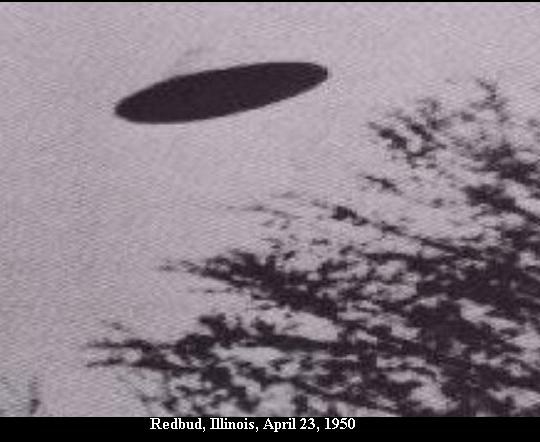

This study is far from the last word on this subject, but it does raise serious questions that future studies will have to examine. In particular, the Wow! signal only lasted for a little over a minute, which would be unusual for a comet. Specifically, the spokesperson notes that both comet 266P and P/2008 were too far away to have caused the signal, and that there's no prior evidence suggesting that comets can create the type of signal spotted in 1977. Update: A spokesperson from the OSU Radio Observatory, where the Wow! signal was detected, has reached out to express skepticism of this discovery. Now that we know comets can create these otherworldly signals, any future signals we get will have to be vetted much more carefully. Observed on 15 August 1977 by the Big Ear radio telescope at Ohio University, the signal was a strong, continuous, narrow band radio signal lasting at least 72 seconds.

This is bad news for anyone holding out hope that the Wow! signal would be aliens, but it's a solid conclusion to one of the biggest mysteries in astronomy. It was a 72-second anomalous transmission. Paris also examined several other similar comets and found the same type of hydrogen cloud and the same type of signal, which means that even if comet 266P wasn't the specific source of the Wow! signal, another comet is most likely the culprit. And who could forget the famous Wow signal of 1977, detected by astronomer Jerry Ehrman at Ohio State University’s Big Ear radio telescope. Get the PM newsletter and get more answers from the great beyond Paris spent about four months in late 2016 and early 2017 with a telescope pointed at comet 266P, and found strong signals of the same type as the Wow! signal. Specifically, the 2016 paper identified two comets, 266P/Christensen and P/2008 Y2 (Gibbs), that were both in the area where the Wow! signal was detected.īoth of these comets have large hydrogen clouds surrounding them that could produce the kind of signal detected in 1977. In 2016, he released a paper along with fellow astronomer Evan Davies suggesting that the signal could have been caused by a comet orbiting in the inner solar system. Ohio State UniversityĪstronomer Antonio Paris has been studying the Wow! signal for a long time. He saw the intense spike in radio waves and wrote the word 'Wow' on the printout. The strength of the signal ranges from 1, low, to Z, high. 15, 1977, astronomer Jerry Ehman looked at a computer printout from the Big Ear radio telescope in Ohio. The Wow! signal, spotted and annotated by astronomer Jerry Ehman.


 0 kommentar(er)
0 kommentar(er)
